Fly Fishing in the Winter – Getting in the Routine
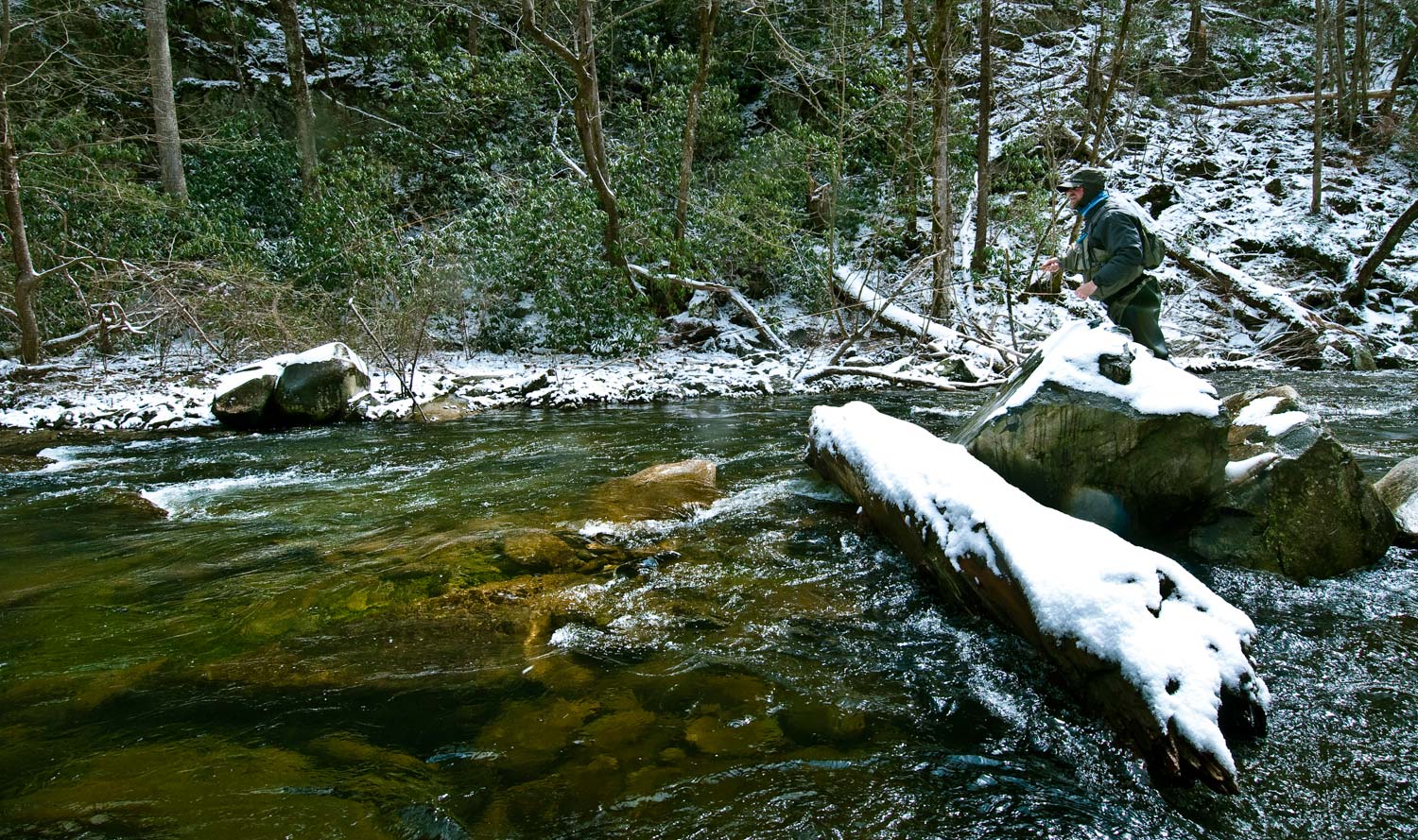
I’ll be the first to admit, that the first few cold fronts of the year negatively effect my angling morale. Those initial cold fronts are always a sobering reminder that winter is quickly approaching, and the warm days of the summer and fall are long gone. Yes, this is the time of year that I find it harder to get out of bed in the morning. My snooze button gets quite a bit more love from my index finger, and I’m forced to brew my coffee extra stout. As I loosen up in the shower, with my morning stretches, and warm water hitting my back (as us old folks are plenty familiar with), I think about my next objective of the day, which will be to de-thaw my frozen waders and boots. I left them laying in the back of my truck, and yes, I know, I should have brought them inside. I respectfully ask you all to turn your cheek because it always takes me a few weeks before I wise up to the cold season. That’s why, if you peak into the window of my truck this time of year, you’ll probably find me driving around with my waders and boots on the floorboard of my truck, with my heater set to high, and blasting on my feet.
Read More »Nets, Go Big or Go Home
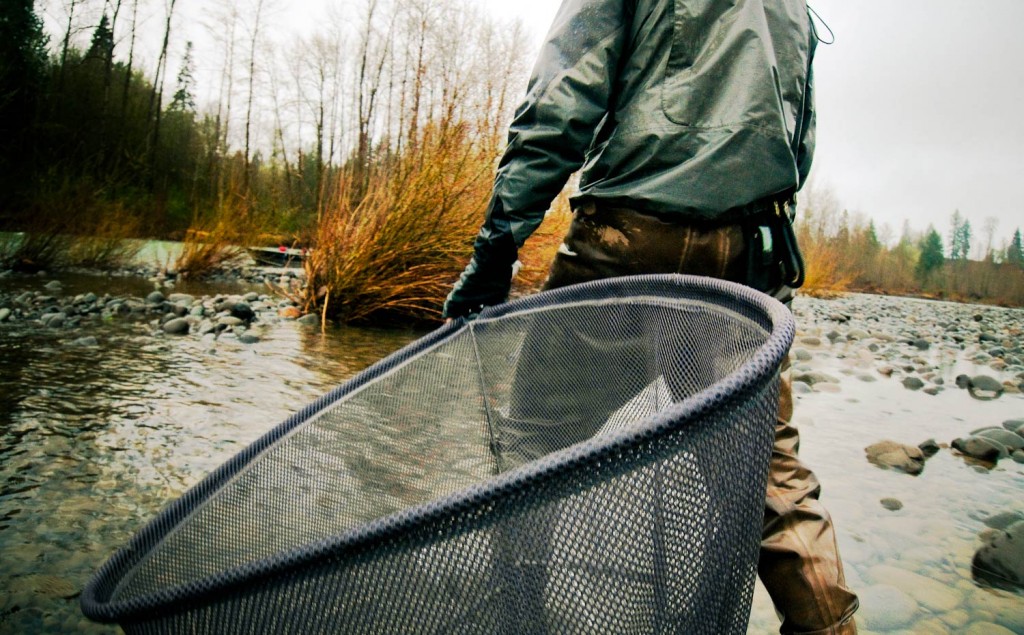
I received an email from a reader the other day asking advice on steelhead nets. I thought it was a topic worth some discussion. We put a lot of thought into rods, reels, lines and flies but often the piece of equipment that seals the deal is an afterthought. I was guilty of this for years, carrying a net that wasn’t up to the job for purely sentimental reasons. I finally realized it made no sense and tooled up.
HERE ARE A COUPLE OF THINGS THAT I LOOK FOR IN A NET.
Size Matters
Bigger is better and biggest is best! When your fighting the fish of a lifetime you don’t have time to run to Wal-Mart for a bigger net. Plan for success. My regular trout net is 20″ across. For steelhead you’ll want something bigger. It’s easier to net a tough fish and it gentler on them as well. Go big or go home.
The Bag
This is the most important thing to me. Traditional nets tear fins and remove slime from fish. The new rubber nets are the friendliest thing for the fish. Put them back the way you found them.
A Long Handel
I don’t care what they allow in competition, longer is better. If it means you net the fish faster it cuts down on the chance you will unbutton and it’s better for the fish.
Light Weight
I love the look of a wooden net but the big ones are too heavy to carry wading. I use the
Build Your Own Fly Rod: DIY Video 7
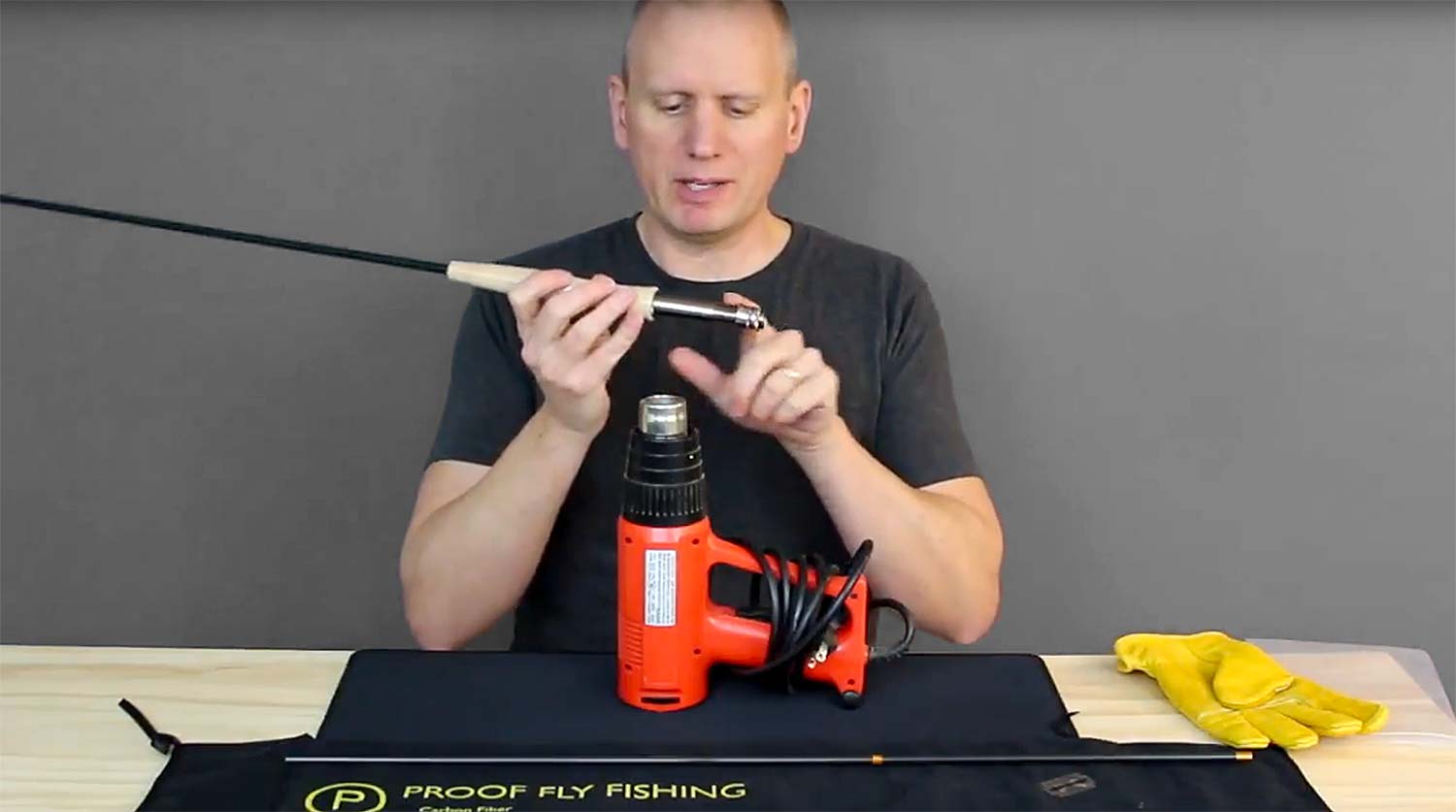
THAT NEW DIY FLY ROD IS JUST ABOUT READY TO FISH.
In this, the last video of the series, Matt Draft, of Proof Fly Fishing, shows you how to fix some common problems that happen when building a rod. These helpful techniques will ensure that your rod is perfect and will help with future repairs.
I hope you have enjoyed this series. If you decided to build your own fly rod using these videos as a guide, let us know how it went. You can leave a comment here and share photos on our FaceBook page or tag us on Instagram.
This is your last chance to take advantage of Matt’s free shipping offer so check out his site and use the code G&Gfreeship at checkout.
Read More »Tom Keck Is My Role Model
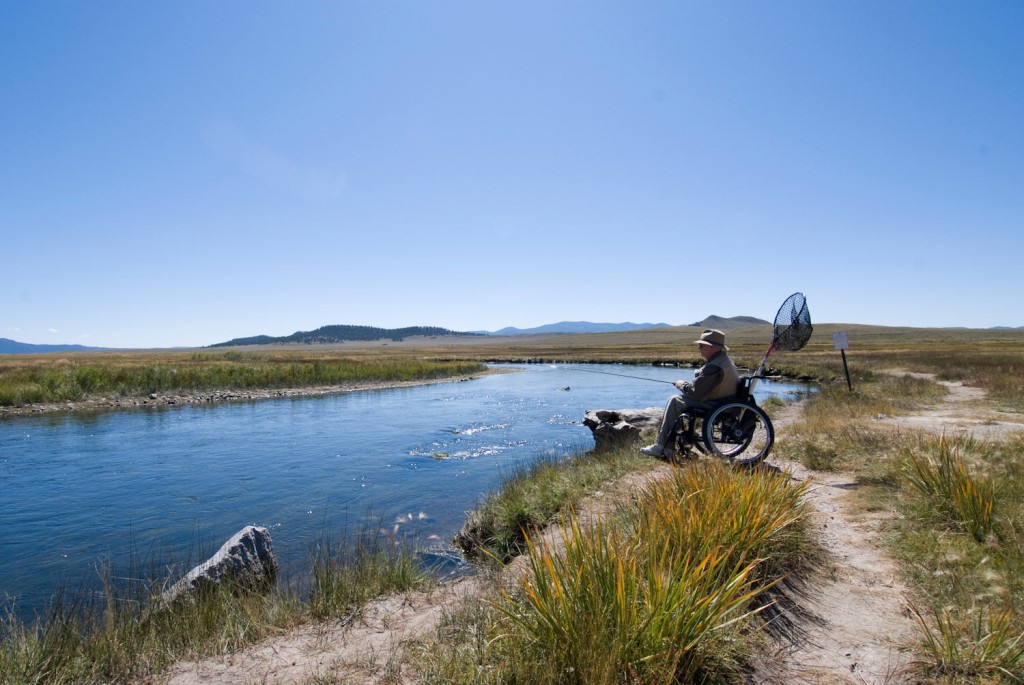
In September of 2009 I was fishing the South Platte below Spinney Reservoir, the stretch they call the Dream Stream.
When I noticed this gentleman casting trico patterns to the far bank…from a wheelchair. I watched for a bit as he worked a pod of rising fish with a long reach cast, occasionally fooling one and bringing it to the net that he had fashioned with an extra long handle. He would wheel himself down stream to the next rising fish, careful to travel far enough from the bank that he didn’t spook fish. It was an impressive display. I would find out just how impressive when I walked over and introduced myself.
Tom Keck, of Denver CO, is a likable fellow and a great fisherman. Generous with his knowledge of the S. Platte as well as with his beautifully tied flies. The flies he gave me turned out to be day makers. But don’t let his gentle demeanor fool you. This fellow is carved of wood. I asked him how he wound up in the wheel chair and this is the story I got. Ten or so years earlier, fishing the Platte at Deckers he had taken a bad fall. Alone, his back broken and paralyzed, he struggled in the fast water nearly drowning. Eventually he pulled himself to the shore and then to the road with his hands. There he found help but he never walked again. He also never stopped fishing the river he called his home water.
I’ve taken a few bad falls. Not like Tom’s but bad enough to make me wonder what I’d do if I were really hurt out there on my own. I hope I never have to answer that question but if I do I hope I’m half the man Tom is and can face it with the courage and
Read More »Think Twice About Your Tippet Size
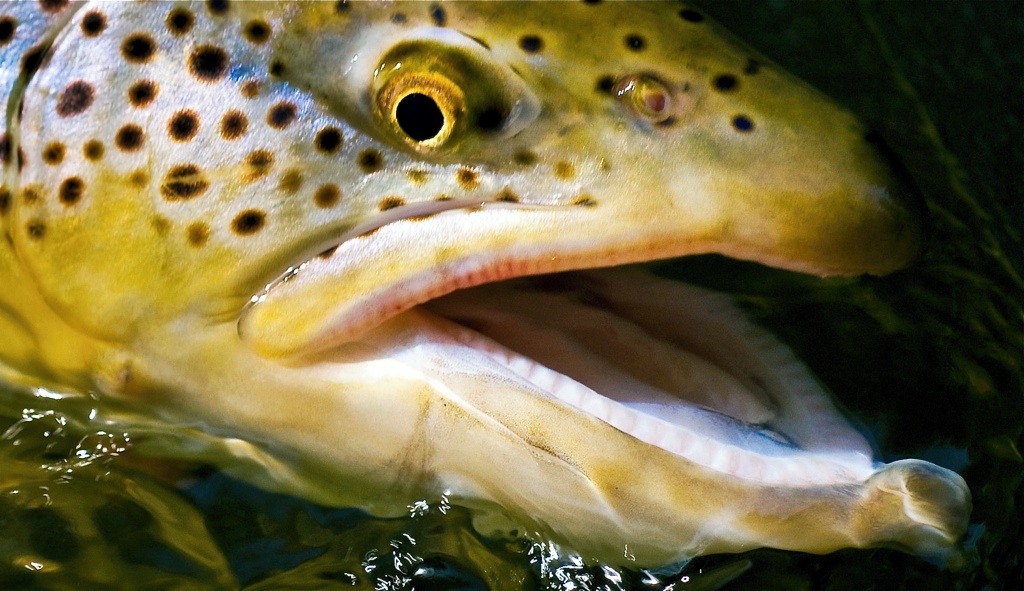
HAVE YOU EVER MADE THE MISTAKE OF CUTTING OFF YOUR DRY FLY OR NYMPH RIG AND QUICKLY TYING ON A STREAMER TO TARGET A BIG FISH?
You know, when your too lazy or in a hurry to take the time to upsize to the appropriate tippet size generally called for with streamers. I know I have, and it’s resulted in breaking off a big fish on more than one occasion. Big brown trout particularly have razor sharp teeth like a high quality serrated knife. I’ve seen a brown trout literally cut a trout in two after one quick bite. Their teeth ain’t no joke man. If you’re streamer fishing, use fluorocarbon tippet. It’s much better than monofilament for abrasion resistance. Lastly, don’t be shy to go big on your tippet size at first. It could make the difference between you landing or losing that trophy of a lifetime. You can always down size your tippet if you think your not getting bites because the fish are seeing the line.
Read More »Beginner Series: Fly Lines, Leaders, and Tippet

By Justin Pickett
So you’ve decided to dive into the world of fly fishing and need to outfit your new rod and reel purchase with a fly line, leaders and spools of tippet.
Does it matter what line you get? And what about leaders? What the hell is tippet?! These are all typical questions that the beginning angler will have, so don’t worry. We’re going to work on flattening that learning curve!
Fly Lines
To a beginner, trying to learn about all the little intricacies of fly line tapers is about like trying to rearrange deck chairs on the Titanic. The good news is that you don’t need to get too caught up in tapers and grain weights to catch fish. Learning about the various aspects of fly lines will certainly help you down the road, however we’re going to focus mainly on weight-forward, floating lines. Today’s fly rods are typically faster than those made even ten years ago, almost requiring a more compact, heavier line to properly load the rod. Some “beginner” lines are even manufactured a half weight heavier to help load today’s faster rods. As a beginner, a weight-forward line will better suit your casting needs with the more popular five weights found in fly shops, and a floating line will enable you to cover a large majority of fishing scenarios. All of the fly lines listed below are inexpensive and are great all-purpose fly lines whether you’re slinging parachute adams or foam poppers.
Airflow Super Dri
Orvis Clearwater WF
Scientific Anglers AirCel Trout
Rio Mainstream WF Trout
Leaders and Tippet
Leaders and tippet are other items that you will need in order to get going and hook up with that first fish. You’ll hear of many anglers that tie their own leaders and have their preferred recipes. While you may one day tie up your own leaders created from your own secret formula, for now, keep it simple. I would say
Read More »Shooting Line In The Backcast Is A Skill Every Fly Angler Needs
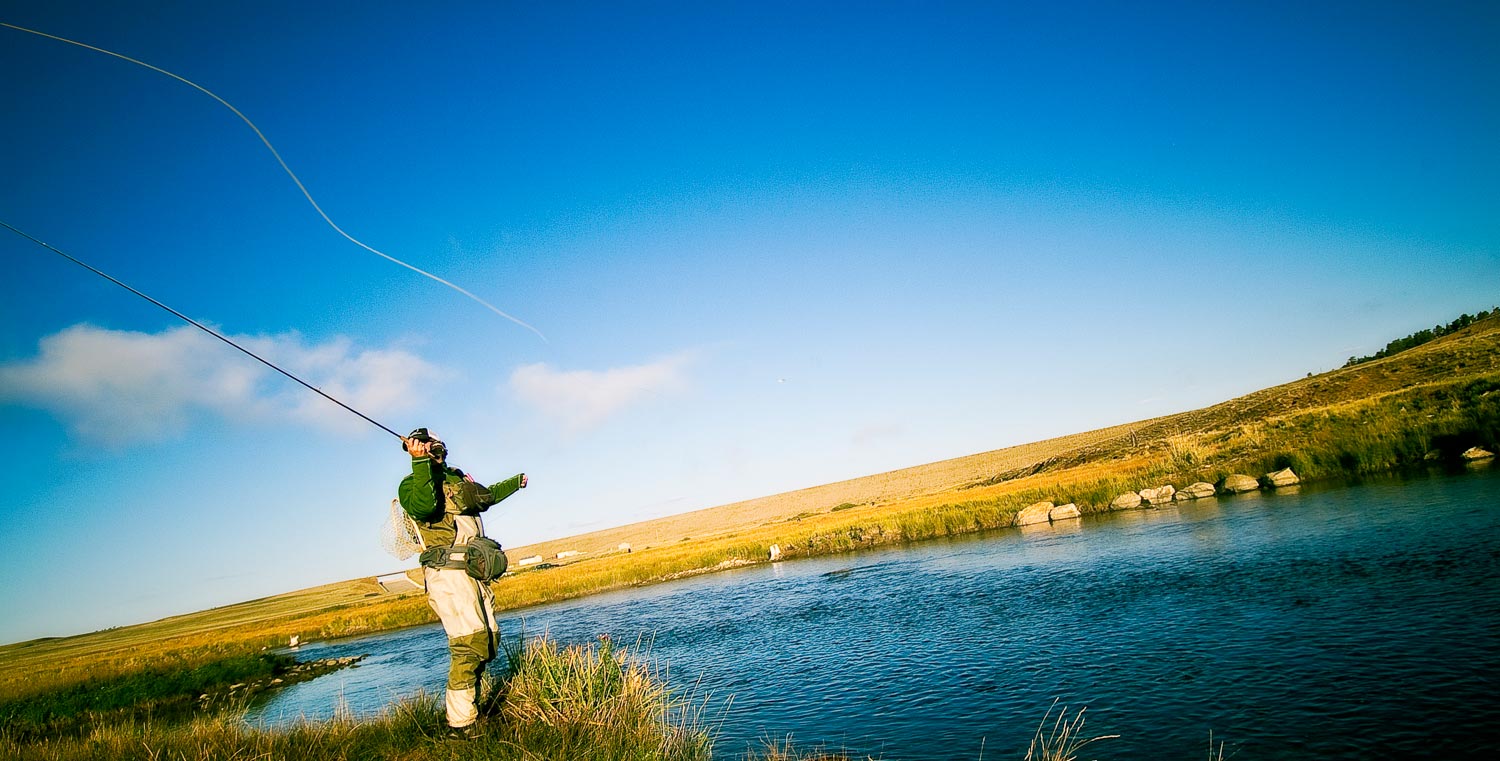
THERE ARE A LOT OF MOVING PARTS IN A FLY CAST.
There’s a lot of talk about the double haul and the tight loop, and there should be, they are hugely important skills that every angler should practice. It always surprises me, however, how many experienced anglers can’t, or don’t, shoot line in their backcast. I’m also surprised I don’t hear more about it.
I consider this simple technique essential for every type of fly fishing. The efficiency of working out line on both ends of the cast translates to more fish in hand in almost every situation. I don’t remember when I started casting this way. It’s a habit I’ve had for as long as I remember. I do remember when I became aware of its importance.
I was working with my friend Bruce Chard who was teaching casting to some anglers new to saltwater fishing. I picked up a rod and made a cast. Bruce stopped the group and pointed out that I was shooting twenty feet or so of line on every backcast. I wasn’t even aware of it but his point was spot on.
“He’s going to reach the fish in half the false casts,” he told the group. It’s nice to be told that you’re doing something right but for me it was just instinctive. The fly cast is symmetrical. It makes no sense to shoot line on your forward cast and not on your backcast.
Here are a few of the reasons you should practice this technique if you’re not doing it already.
Read More »Catch More Fish By Listening To Vinyl

Is there a link between vinyl records and fly fishing?
I’m prepared to make a completely unreasonable argument. Whether or not you agree with it, it might actually help you catch more fish. If not, it will absolutely make for a better music listening experience. What have you got to loose?
I became aware of this obtuse connection on my first steelhead trip to Oregon to fish with my buddy Jeff Hickman. We spent the cold snowy evening tying flies, drinking Irish Whisky and spinning old vinyl LPs. The sizzling, popping sound of The Doors became the soundtrack for my first steelhead on a swung fly. To this day music and steelhead are inextricably linked.
Music has always been an important part of my life. I wore through the grooves of a hundred records when I was a teenager. I still remember seeing my first CD player and its shiny silver disks. In the mid 80s, when CDs were unavoidable and vinyl hard to come by, my faithful Bang and Olfson 4002 turntable, bought with paper route money, went into a box.
Fortunately, I never lost track of it and, twenty-five years later, after that trip to Oregon I pulled it out. I’d forgotten how good vinyl sounds. How warm and organic. What’s more, I’d forgotten that listening to music was a ritual. It was a production, something you set aside time to do. You couldn’t just put on a playlist and go about your day. There were buttons to push and records to be flipped. Music demanded your attention and that made you appreciate it.
The last week or two I’ve been tying woven nymphs. If you’re not familiar with the technique, it involves weaving intricate, two-toned bodies from colorful embroidery thread. It’s tedious and time consuming and in the end the patterns are not necessarily more effective than much simpler patterns, but creating them and fishing them is a real joy. When you tie on a carefully woven nymph you fish in different way, or at least I do. It’s as though the time and care that’s put into each fly culminates in a more mindful fishing experience. Each cast becomes a special occasion.
During these tying sessions I’ve been listening to vinyl records. Brian Jones era Rolling Stones, mostly. I’ve worked it out to where each fly takes about an album side. At that rate I’m not exactly stuffing the box but that’s not the point. I put on side two of “More Hot Rocks” and start tapering the body to “Out Of Time” and I’m whip finishing somewhere toward the end of “We Love You.” I’ve crafted a beautiful trout magnet and witnessed an important evolutionary period in The Stones music. Absolute perfection.
I got into fly fishing very young. I don’t think my path was at all typical. I was never a good gear angler and I’m still not. I was an outsider and fly fishing was an outsider’s game. I’m self-aware enough to know that I was drawn to it because I like doing things the hard way, even when I’m not very good at doing it the easy way yet. I got one casting lesson from my grandfather and everything else I learned up to about age 40, I learned on my own. I don’t recommend the method, that’s just how I did it.
I do think most fly anglers do have a few things in common. We like to do things the hard way. We enjoy the process and the challenge and we are comfortable being outsiders. Our interest in doing things a particular way generally outweighs our interest in catching fish. It’s a contradiction we all practice and seldom understand.
The division between fly and gear anglers was highlighted for me at this year’s IFTD / ICAST show. On the way
Read More »Pick Up Your Fly Line and Recast Quietly: Video
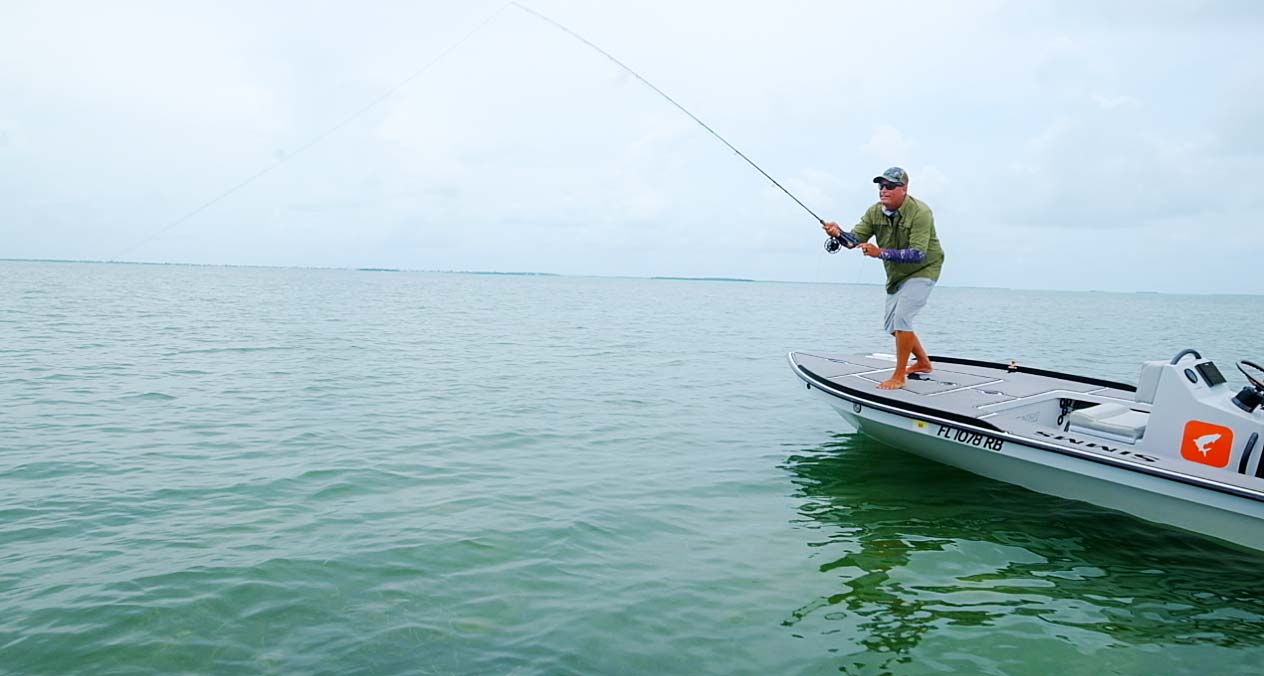
The ability to pick your fly line up off the water quietly can be the difference between success and failure.
In freshwater or salt making a loud pickup to recast can spook fish you might have otherwise caught. Of course we would all like to catch our fish with just one cast but that’s not often the case, so a quiet pick up is a great skill to have.
Part of the process is simply controlling your excitement but there is some technique to it as well. Luckily we have my buddy Bruce Chard to help with that.
WATCH THIS VIDEO WHERE BRUCE CHARD EXPLAINS HOW TO PICK UP AND RECAST QUIETLY.
Read More »Search out the Small Water in the Big Water
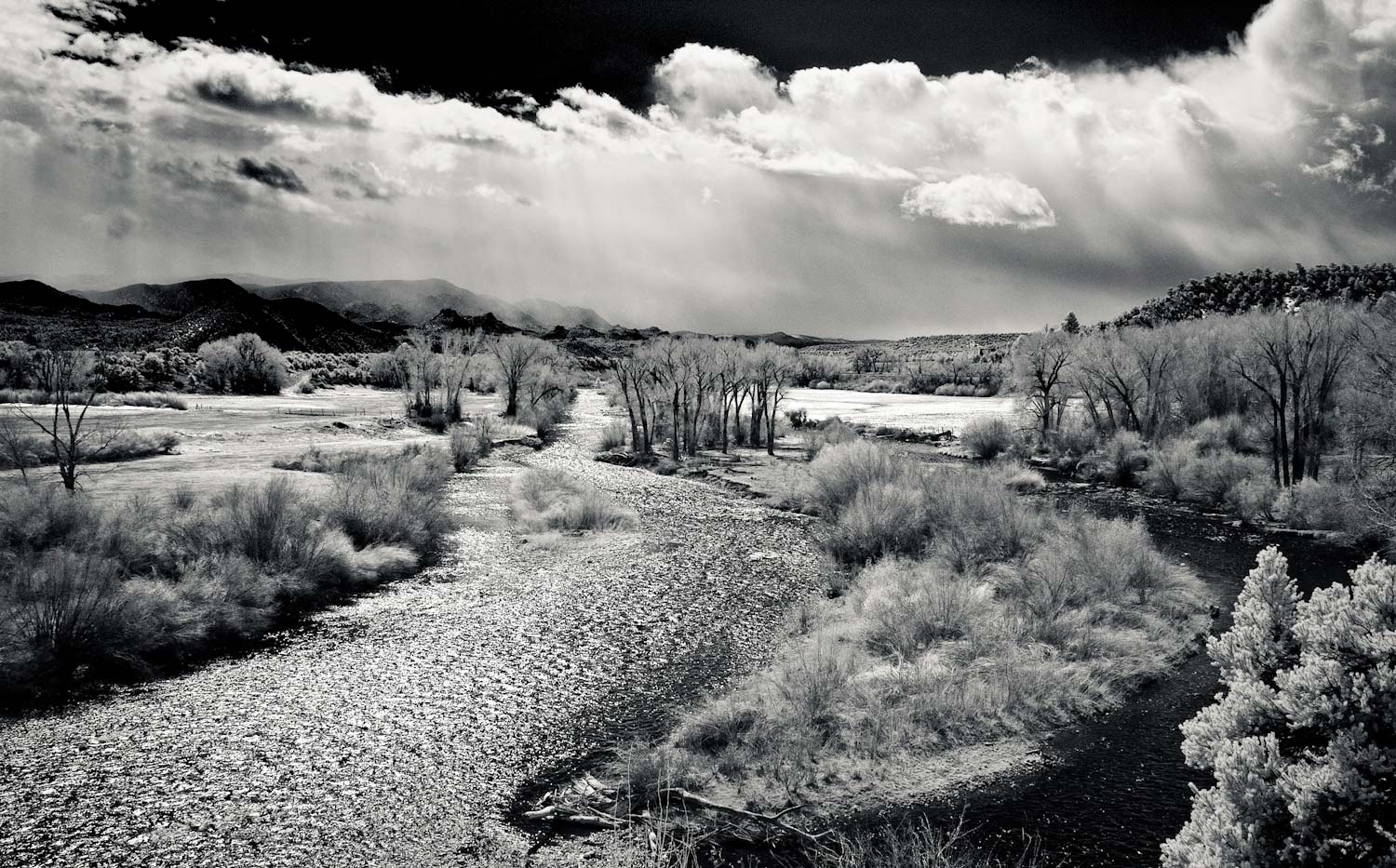
My first few years fishing a fly rod, I spent the majority of my time fly fishing small creeks.
One creek in particular called Little Allatoona Creek, grabbed most of my attention because it ran along the outskirts of my subdivision, and took only a short five-minute bike ride from my house to wet a line. This tiny stream held over a dozen catchable warm water species of fish from the sunfish family. As a kid, the coolest part about fishing this creek was you never knew what you were going to hook up with on the end of your line. Sometimes it would be 12-inch redeye bass, while other times, it would be a crappie or a colorful green sunfish. But what really was amazing about Little Allatoona Creek, was its uncanny ability to regularly hold largemouth bass in excess of four pounds. For a kid in elementary or middle school, that was a true trophy catch in our minds. We caught most of those species early on sinking dough balls on a hook. It wasn’t until my Father introduced the fly rod to us, that we began toting around a fly box of balsa wood poppers and learning the art of fly fishing. If my recollections are correct, it only took a day or two of fishing a fly rod on Little Alatoona Creek, before all of us made a trip up to our local sporting goods store to outfit the rest of our crew. Once purchased we never looked back.
Little Allatoona Creek was a seasonal fishery. When the water temperatures got cold in late fall, almost all the fish would migrate several miles downstream into Lake Allatoona to find the refuge of deeper and warmer water. Come spring though, usually around mid-march, all the fish would begin migrating back up into Little Allatoona Creek, and it was once again game-on, for the next several months. The return of the fish was always a grand celebration, putting us all on cloud 9. It wasn’t easy as kids enduring months of not fishing our favorite little creek. There was no better place for my two best friends, Ryan Evans and Sean O’Donnell and I to bend our fly rods and catch fish. We felt like god’s fishing it. Those small warm-water creeks we spent years exploring, were the first places we learned how to read water and locate fish. Boy, was it a shock to us when we
Read More »